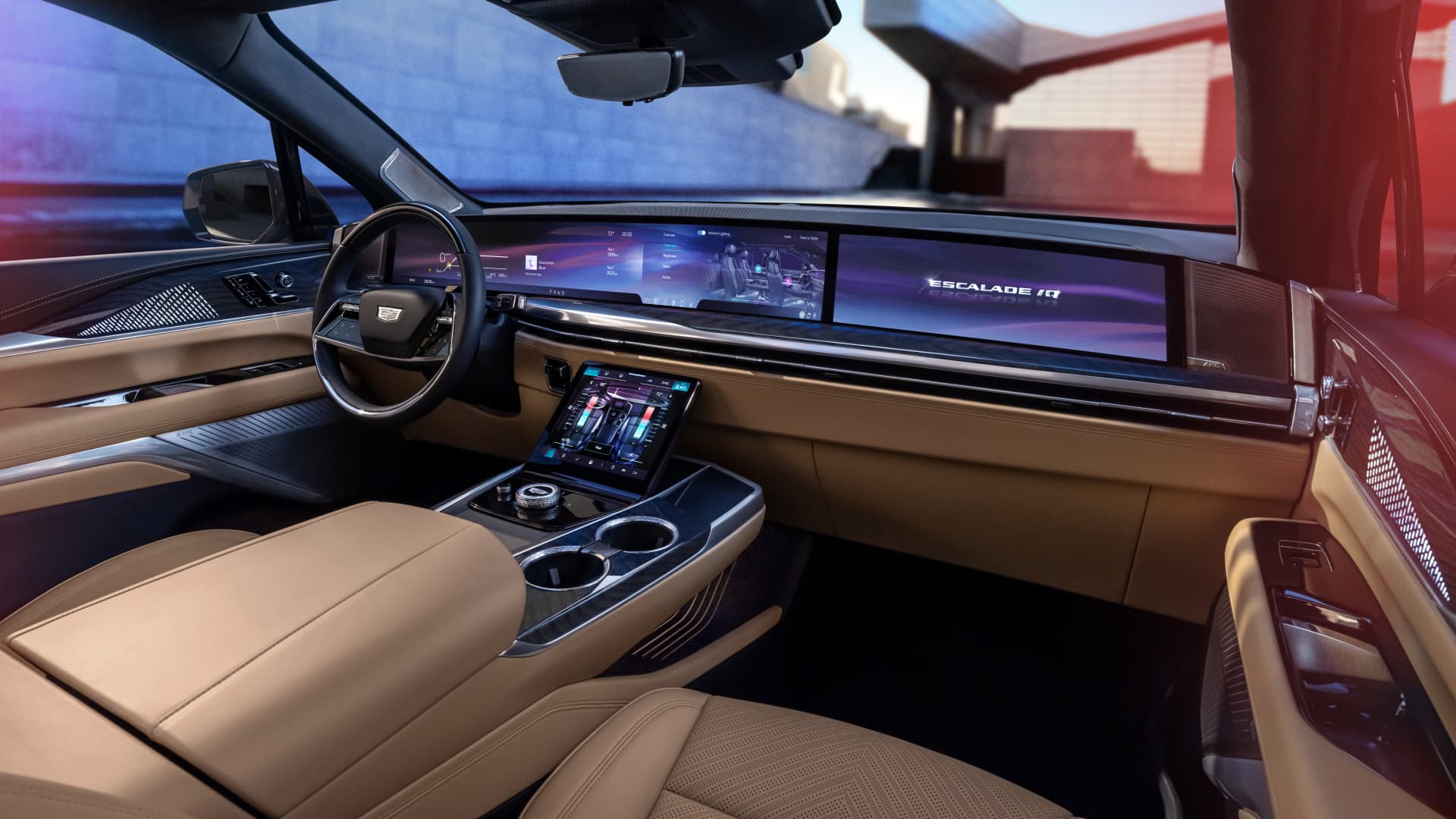Qualcomm, known for its chips and modems in Android phones, has expanded its reach to the automotive industry. It offers a comprehensive package of hardware chips, sensors, and software called Snapdragon Digital Chassis to automakers like GM, Hyundai, and Volvo. The company is now leveraging the buzz around generative artificial intelligence to persuade automakers to integrate more of its chips and create new scenarios, such as smart assistants for drivers that can provide navigation assistance, make reservations, and perform daily computing tasks.
Automotive revenue currently accounts for only 3% of Qualcomm’s overall sales, with $1.32 billion reported in fiscal year 2022. However, the company anticipates widespread adoption of its chips in forthcoming cars over the next few years, projecting sales of over $9 billion by 2031. Qualcomm earns between $200 and $3,000 per car that utilizes its chips and software, and an additional $5 per car connected to 5G through licensing fees.
One notable example of Qualcomm’s presence in cars is the GM Cadillac Escalade IQ SUV, which incorporates Qualcomm chips and software to power its 55-inch dashboard display, lane-keeping features, and hands-free driving capabilities under GM’s “Ultra Cruise” branding. It is worth mentioning that this SUV does not support phone mirroring features like Apple CarPlay or Android Auto, placing greater emphasis on the in-car computer experience and the software interface chosen by GM.
Qualcomm faces fierce competition from other chipmakers in the automotive industry, including Intel’s subsidiary Mobileye, Nvidia, and traditional auto suppliers like Continental, NXP Semiconductors, and Bosch. These companies are all vying to provide parts and chips that enhance dashboard functionality and driver assistance systems.
In a recent demonstration, Qualcomm showcased potential future scenarios that its chips could enable with the use of large language models and generative AI. One example depicted a car assistant finding a recipe for chicken enchiladas and adding the necessary ingredients to a shopping list. Another scenario involved the car’s computer utilizing Stable Diffusion, a type of generative AI model, to create and send an AI-generated birthday card to the driver’s brother. These demonstrations were performed directly on the car’s computer, highlighting Qualcomm’s vision of cars evolving into personal computers.
Qualcomm’s goal is to establish itself as an AI company by leveraging its low-power smartphone GPUs and AI accelerators. While investors have primarily focused on Nvidia’s cloud GPUs, which are widely used for applications like ChatGPT, Qualcomm has only seen a 5% increase in its stock compared to Nvidia’s triple-digit growth this year. In the short term, Qualcomm aims to develop a smart user guide using a large language model trained on dense car manuals. Another area of interest is driver monitoring, employing machine learning to detect driver distractions or drowsiness.
Furthermore, Qualcomm envisions the potential for over-the-air software upgrades that can enhance the car’s self-driving capabilities, presenting a potential new revenue stream for automakers. By understanding the context of the driver’s needs and preferences, Qualcomm believes there are numerous features and services that can be offered to enhance the overall driving experience.
Denial of responsibility! VigourTimes is an automatic aggregator of Global media. In each content, the hyperlink to the primary source is specified. All trademarks belong to their rightful owners, and all materials to their authors. For any complaint, please reach us at – [email protected]. We will take necessary action within 24 hours.


